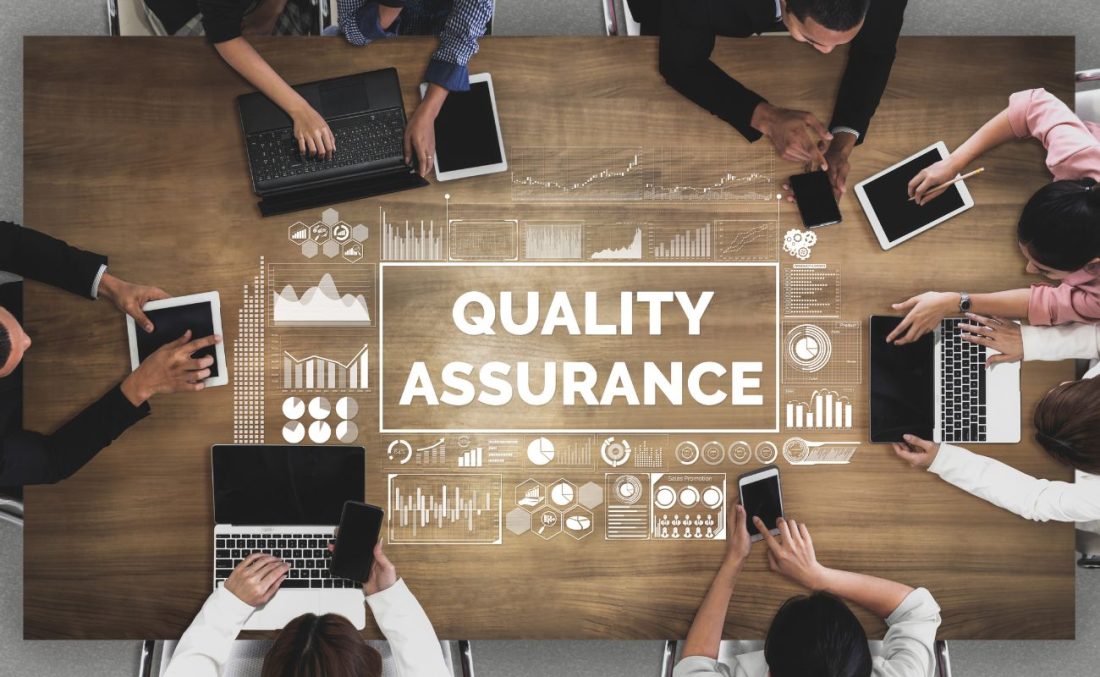Quality Management of the Production Process: Part Two
September 20, 2023

In part one, we discussed how “prevention is better than a cure” when it comes to Quality Assurance, and how to manage quality processes before production. In this blog we will discuss in detail our quality management processes during production.
Specific measures for quality management during production
1. Supervise suppliers to organize production according to buyers’ standards
The standardization of the production process is an important component of quality management.
First, buyers must finalize the product specification sheet (PSS). The PSS should include all requirements provided by the buyer as well as additional information from authoritative industry standards. Technical standards that should be included are mainly divided into raw and auxiliary material standards, process tooling standards, semi-finished product standards, finished product standards, packaging standards, and inspection standards. To ensure that the technical standards of the factory comply with the PSS, the buyers’ sourcing team should supervise the supplier to confirm strict implementation of the management and technical standards of the factory.
2. Assist the factory to improve the quality inspection mechanisms and strictly implement them
Buyers’ should also supervise the factory to improve the quality inspection process by helping them to establish and improve their quality inspection team, and to equip the quality inspection personnel with the tools and facilities that can meet the production needs. Doing this will require support from a sourcing team on the ground as establishing and improving a quality inspection system is a complicated process that requires meticulous management and attention to detail, including:
– checks at all levels, from the entry of raw materials to the delivery of finished products,
– proper documentation of each link in the QA process and the operation each performs
– clarifying the responsibilities of production workers and inspectors, and
– implementing quality tracking to establish accountability.
At the same time, while the functions of production workers and inspectors are separate, they should work together seamlessly. Inspectors should not only be responsible for quality inspection, but should also guide production workers. Production workers should not just focus on production. The products they produce should be inspected first, and the combination of self-inspection, mutual inspection, and special inspection should be implemented. CPG helps clients implement all of the above processes including reviewing, analyzing, and reporting on quality information, data, and status so as to provide strong support to buyers for completing orders with the required quality and quantity.
3. Grasp the key factors affecting product quality
Assisting the factory in identifying specific parts or processes that require the most monitoring, along with identifying weak links can determine the quality of the production process. These are essential for quality management during production. The factory is required to implement inspection procedures regularly at key points identified during production.
4. Create and implement rigorous Quality Control procedures according to specific needs.
Some of these procedures might include:
1. Vendor Selection and Quotation Procedure
2. Factory Audit Procedure
3. Product Specification Sheet (PSS) and Inspection Specification Sheet (ISS),
4. Initial Production Inspection Procedure (IPI) and Mid-Production Inspection Procedure (MPI),
5. Factory Monitoring Procedure (FM),
6. Container Loading Inspection Procedure (CLI),
7. Pre-shipment inspection Procedure, etc.
For a quality assurance program to be effective, all requirements and procedures must be committed in writing for every product, and the supplier’s management and production departments must fully understand the content.
In short, product quality is a comprehensive reflection of the factory’s technical level, management level, and personnel quality level. The organic combination of these three “levels” in a continuous process can produce products and services that meet customer requirements. Inspection before delivery is important, but the most effective way to prevent and solve problems is to strengthen the entire quality control process.
**Editor’s Note: This blog was first published in December 2021
